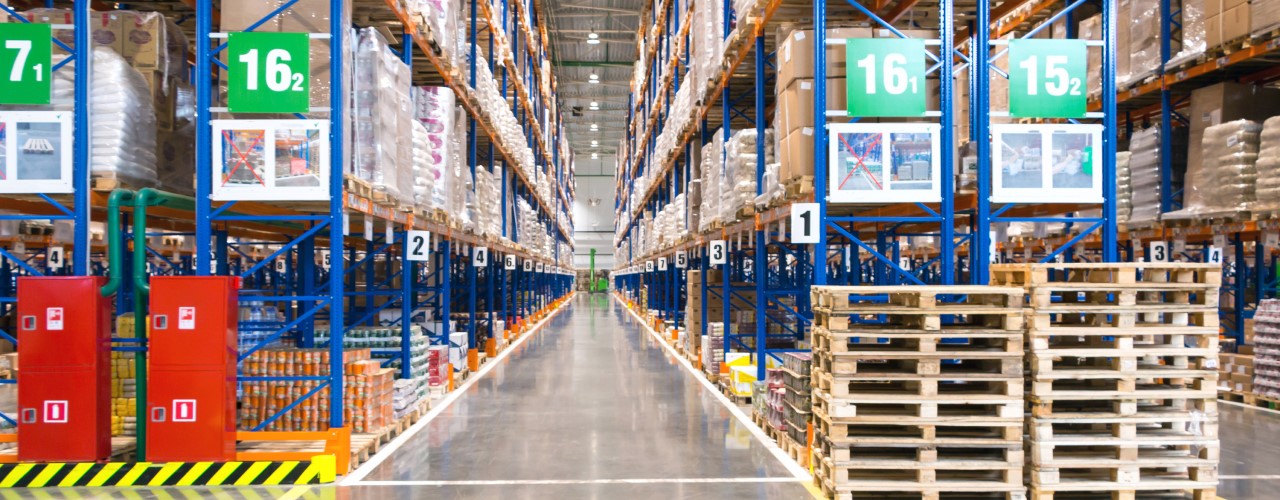Increasing warehousing efficiency with zoning locations
Creating zoning locations within a warehouse can be transformative when it comes to efficiency and productivity. With some careful planning any premises can be streamlined so that operations are more appropriate and responsive to the way that the business is intended to be run. If you’re looking for a way to improve existing layout and boost warehouse performance, the use of zoning locations could provide a simple solution.
What are zoning locations?
Many warehouses may already have specified locations, such as the office or the tea room. However, the use of zoning locations goes much further than this, integrating the various parts of the warehouse that exist along the picking path. There are a number of key benefits to using zoning locations within a warehouse, including:
- Locations are created in a way that makes sense to staff who are able to use them more intuitively
- The use of zoning locations makes it much easier for staff to move along the picking path and they can be more efficient as a result
- When you’re using zoning locations you combine plotting an effective path through the warehouse with mapping of each location – this ensures that each one can be accessed swiftly and in an orderly way
Creating zoning locations in your warehouse
It can take some planning to analyse the locations in your warehouse and ensure that they are set up in a way that makes sense to the people who are going to be using them. Locations can include multiple zones or segments, which will need to be taken into account during the process of designing your plan. When you start planning locations within your warehouse you’ll probably have a number of different options to consider, including:
- Areas. It’s important to identify the larger areas within the warehouse when in the planning stages of zoning locations. However, these will usually be too broad to be a specific location and will have to be broken down into smaller zones. So, for example, you may start with a large area, such as “shipping” and then break this down into smaller locations as follows:
- Racks. A particular rack, or racks, as well as the space between them could be designated a specific zoning location. Racks that are in high traffic areas are likely to be especially important.
- Warehouse shelves. Numbering shelves individually as zoning locations can make tracking much more straightforward and provide complete clarity on picking pathways.
- Item positions. It may even be useful to drill down zoning locations to the smallest areas, such as item positions – these can be identified from left to right and numbered in ascending order.
If increasing warehouse efficiency is a priority the use of zoning locations can provide an upgrade to the way existing operations are run. A little time spent planning and identifying the best options can result in faster picking times and an easier experience for your warehouse staff. The overall result is greater efficiency and a boost to productivity.

Leave a comment